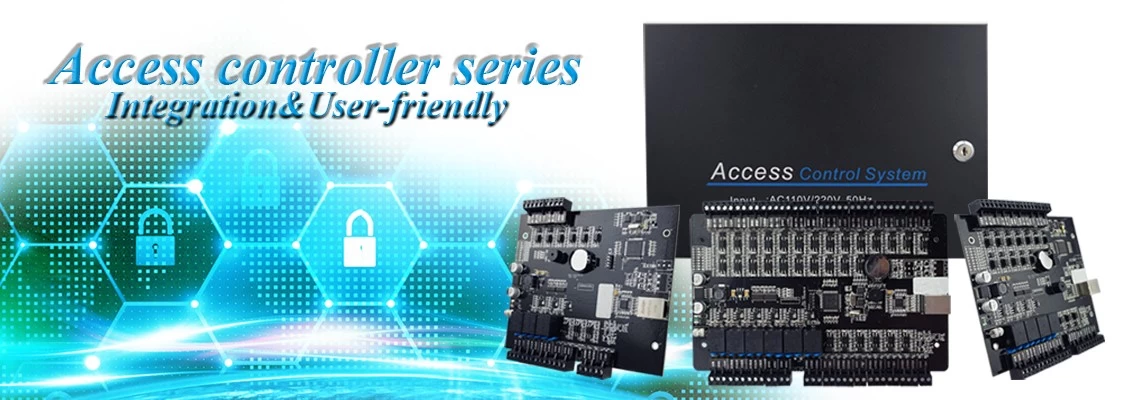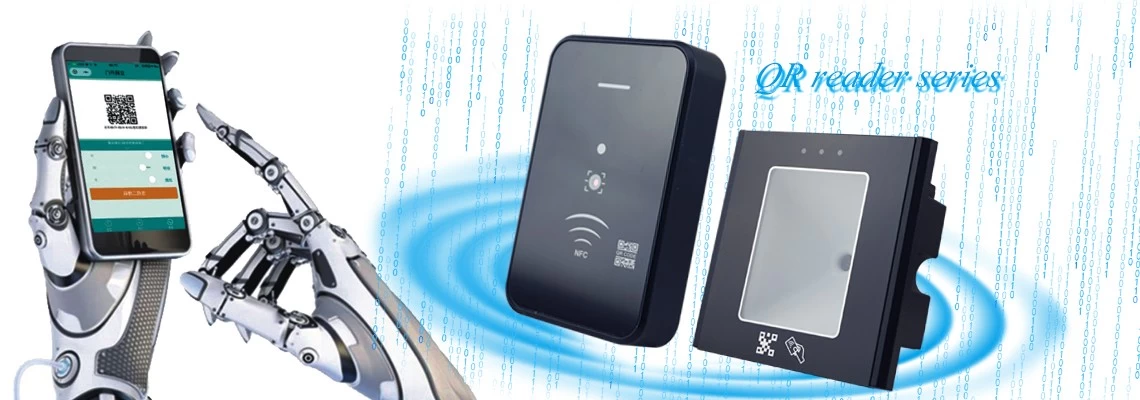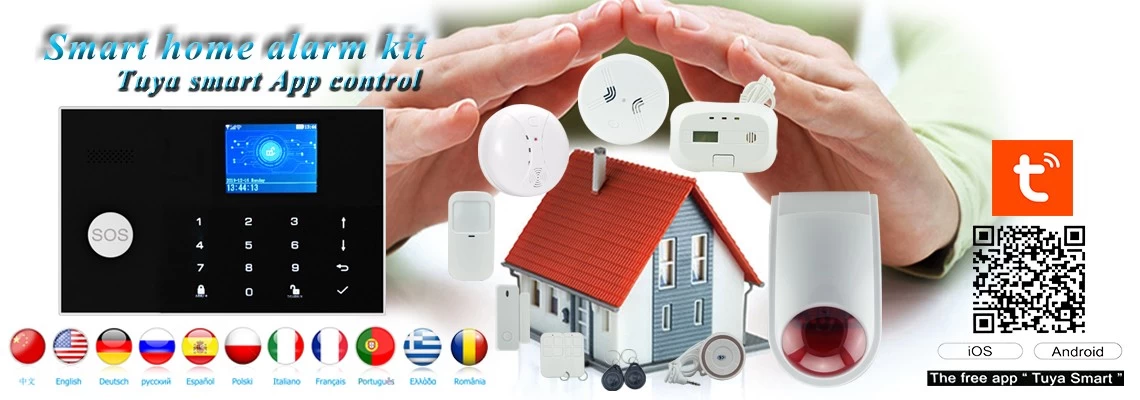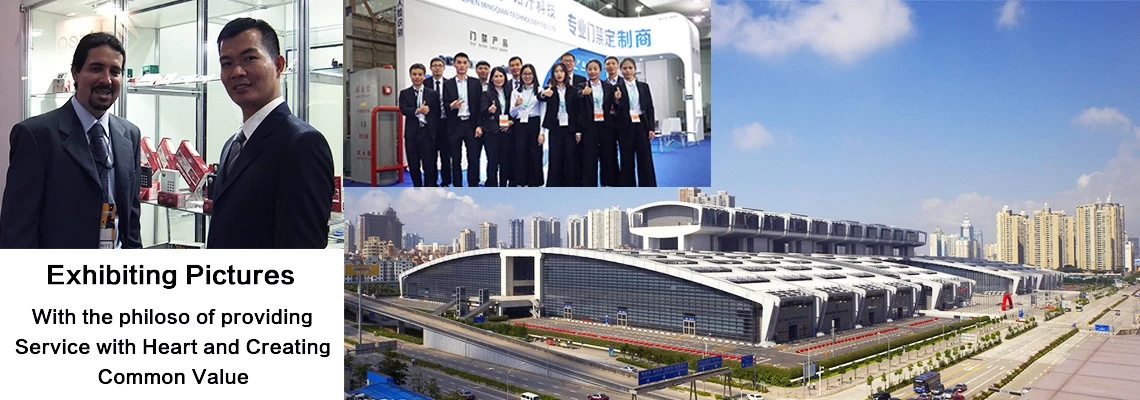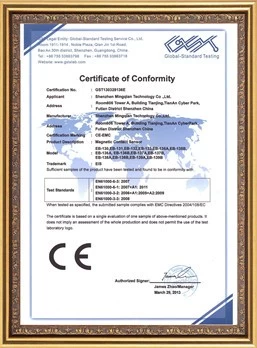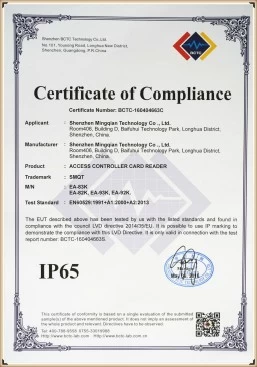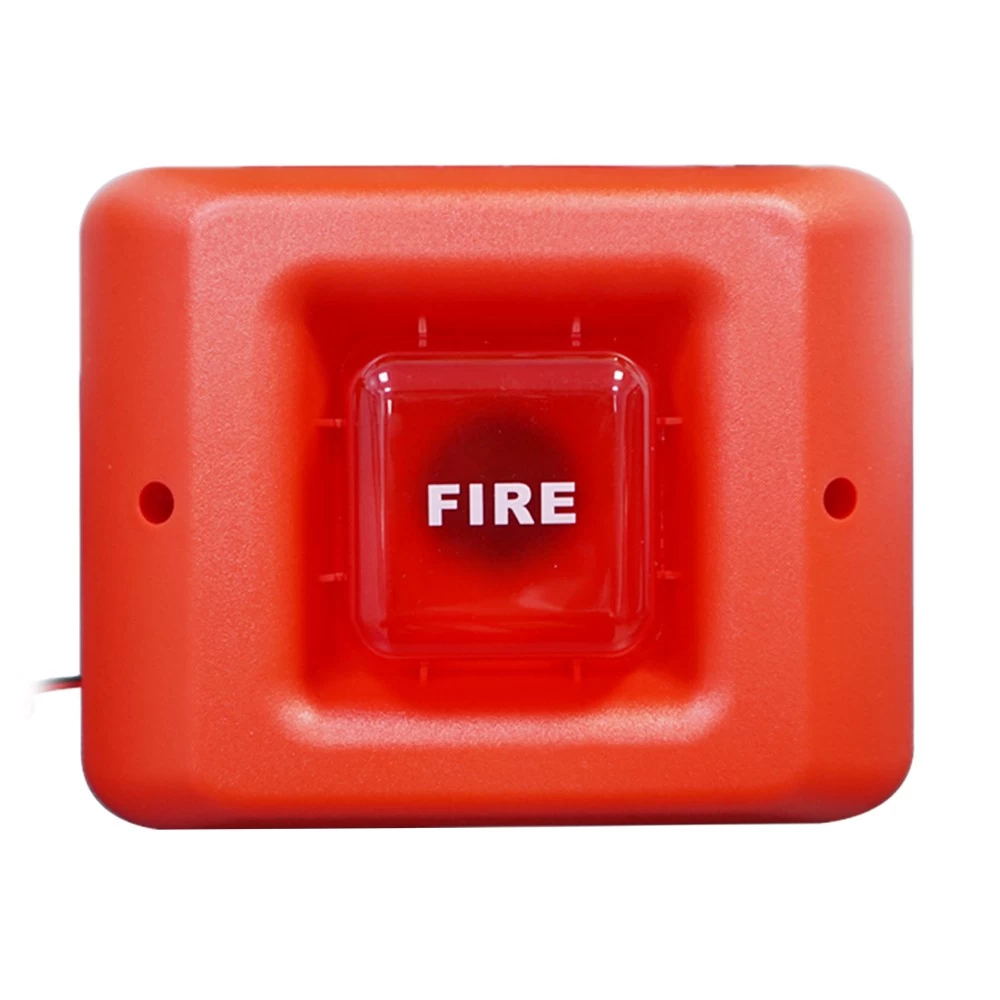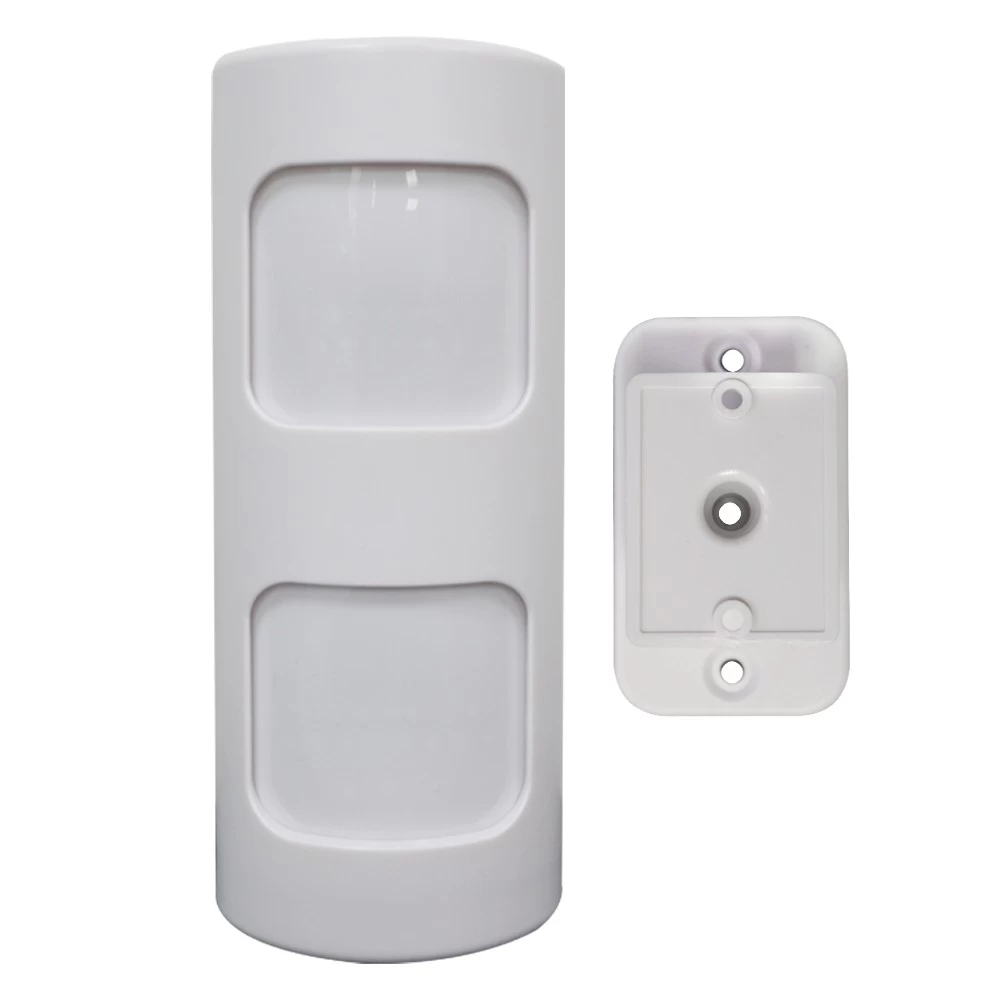lead acid battery
Helen Li
SMQT
2016-07-05 11:18:52
lead acid battery
Abstract—The energy storage devices are necessary to the stand alone PV generation system.
Lead acid battery which performance is specially designed is suitable for PV generation application. The battery charging and discharging control with the max power of PV array is the key point to increase efficiency of the generation system. In this paper, the new system configuration with parallel battery charger is designed. The conversion steps are decreased and system conversion efficiency is increased. The two module MPPT coordinate control is designed to increase PV utilizing efficiency. According to the different battery characteristics, the battery management is optimized for better performance and longer life time. The performance and total efficiency of PV generating system can be improved for stand-alone application. The experimental results of the prototype verify the effectiveness of proposed protocol and strategy. Keywords- Stand-alone PV system; Battery management; MPPT;
Parallel charger
I. INTRODUCTION
Photovoltaic (PV) generation technology has been developed rapidly these several years. The trend of fast increase of the PV energy use is related to the increasing efficiency of solar cells as well as the improvements of manufacturing technology of PV panels. The PV generation system can either be grid connected or can be in stand-alone systems. The stand-alone PV system can be widely applied in military, disaster response or other emergency occasions. Many remote areas, islands, the equipments in no-man land and vehicles require continuously available PV systems. While the average power requirements of these loads are generally low, the energy requirement in short time may be large. This paper details a design approach that can be used for an energy harvesting system to minimize the cost and size of the PV power generation system[1,2].
Batteries are electrochemical energy storage devices and can be classified into several broad groups: automotive, standby, traction, and solar batteries. Solar batteries typically experience frequent deep cycles and irregular charging patterns. The most widely used battery in renewable energy systems is the gel type, maintenance free, lead acid battery. Other types of batteries are also available such as nickel-cadmium and nickel-metal-hydride. Both of these batteries are considerably more expensive and not as readily available. Due to technical limitation the cost and efficiency of PV panel array or battery can not be improved at the moment. So the high efficiency of power source has received considerable attention. Since the cost of battery bank plays a fundamental role in the overall system cost, it is critical to operate the battery bank carefully, with the objective of extending its operative life[3,4].
The maximum power of PV array can output depends on climatic conditions. In order to harvest the maximum power of the PV panel array, the maximum power point tracking (MPPT) is generally implemented by DC-DC converter between PV panel array and battery. A step-up inverter is necessary to provide alternative power to AC loads. Considering that in the series connection, the DC-DC converters always process all power generated, the total efficiency are reduced by several conversions. As an alternative to this configuration, the parallel connection of the MPPT circuit was introduced in many papers[5-8].
This paper presents a stand-alone PV generation system with parallel battery charger. The MPPT is coordinately implemented by two DC-DC converters. The total efficiency of the system is raised since sections of DC-DC conversions lessen. The operation principle, system design, MPPT control algorithm, and experimental results and analysis of laboratory prototype of the stand-alone PV generation system are presented in this paper.


